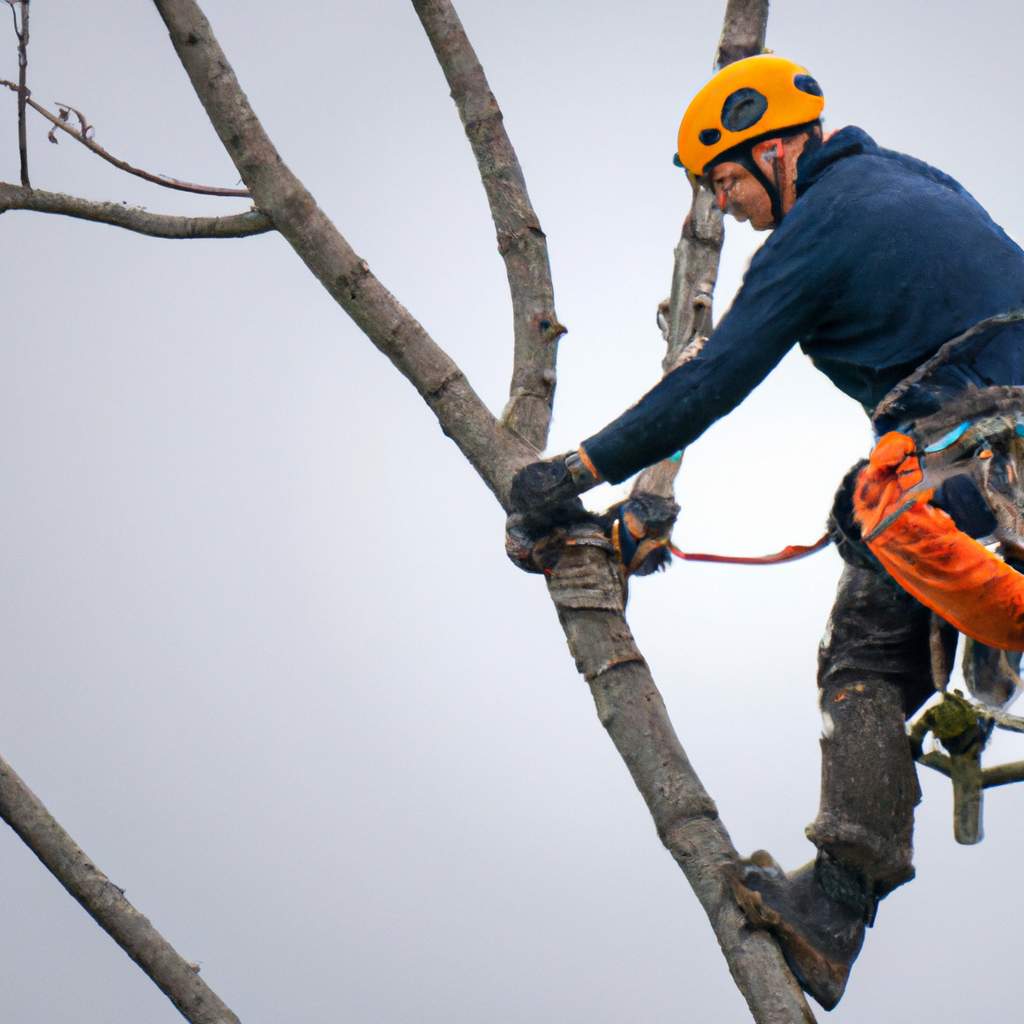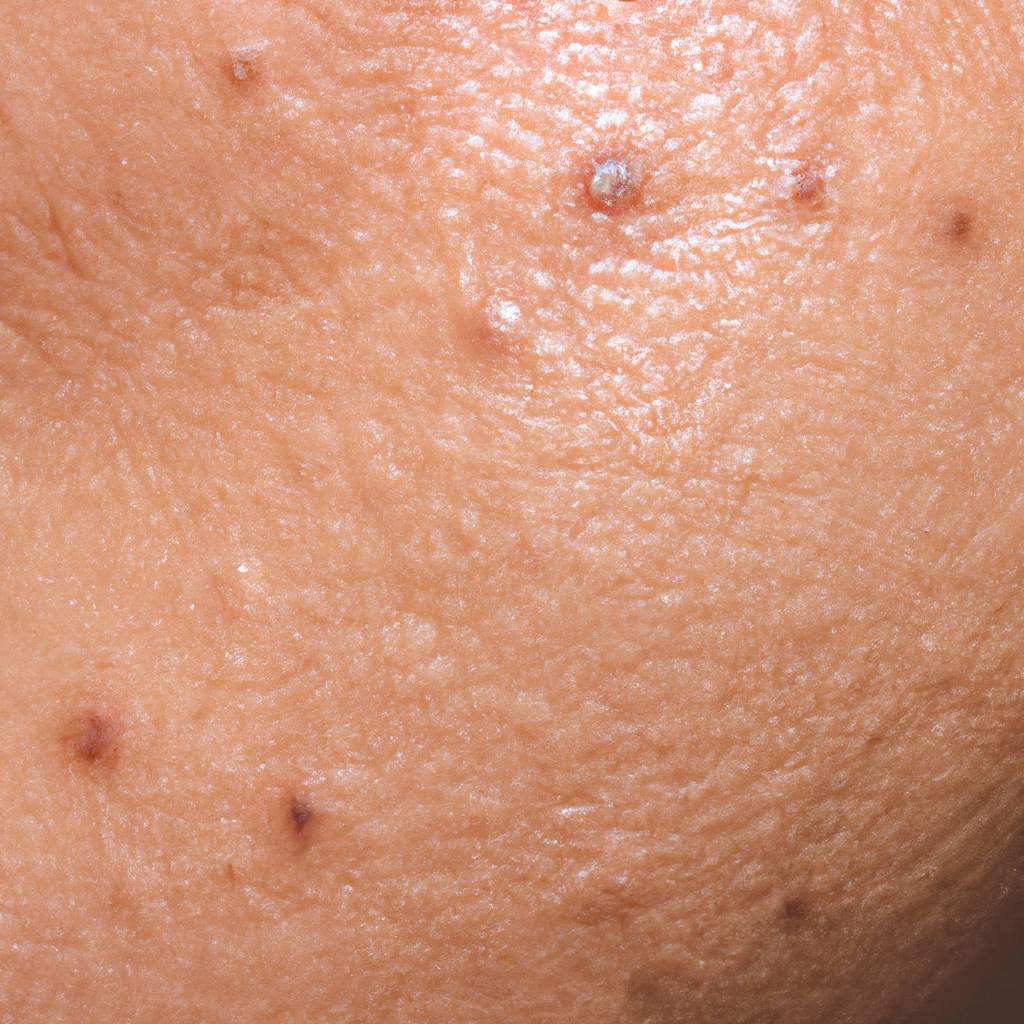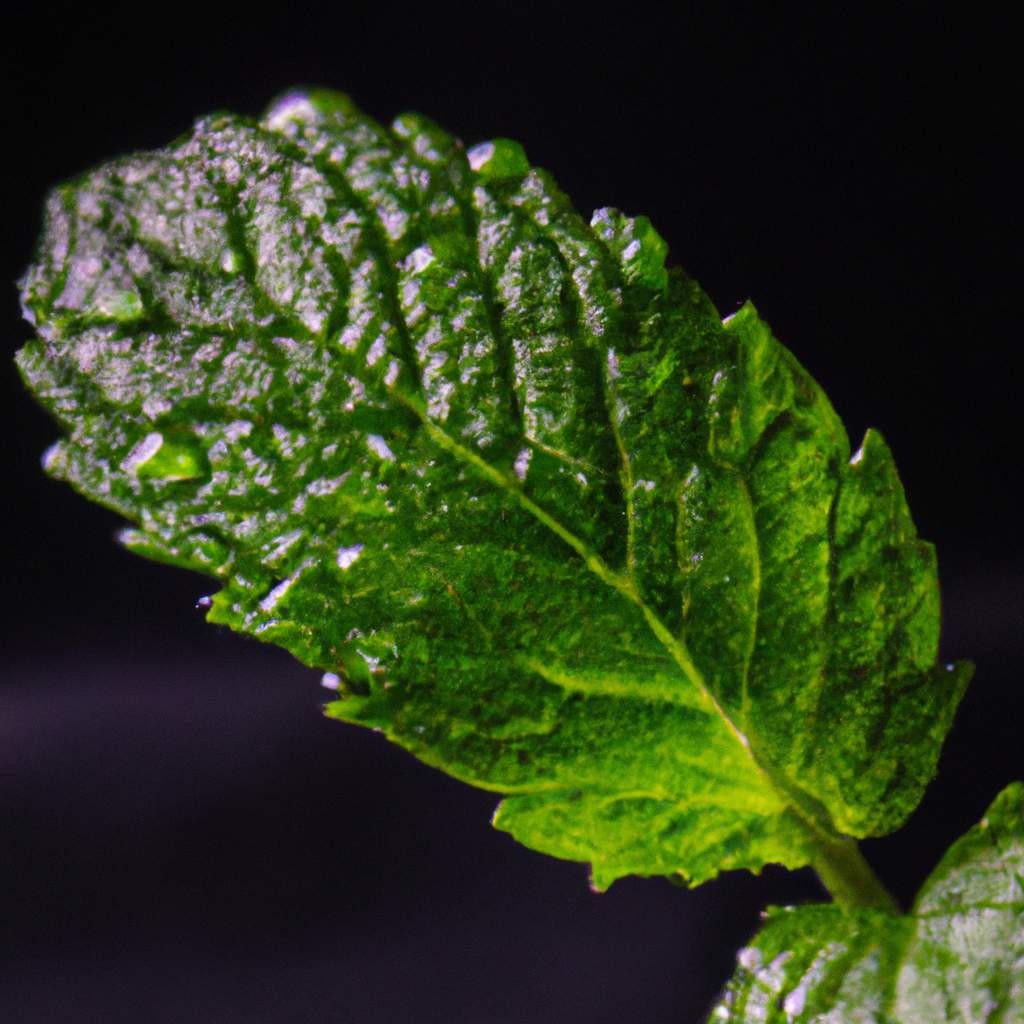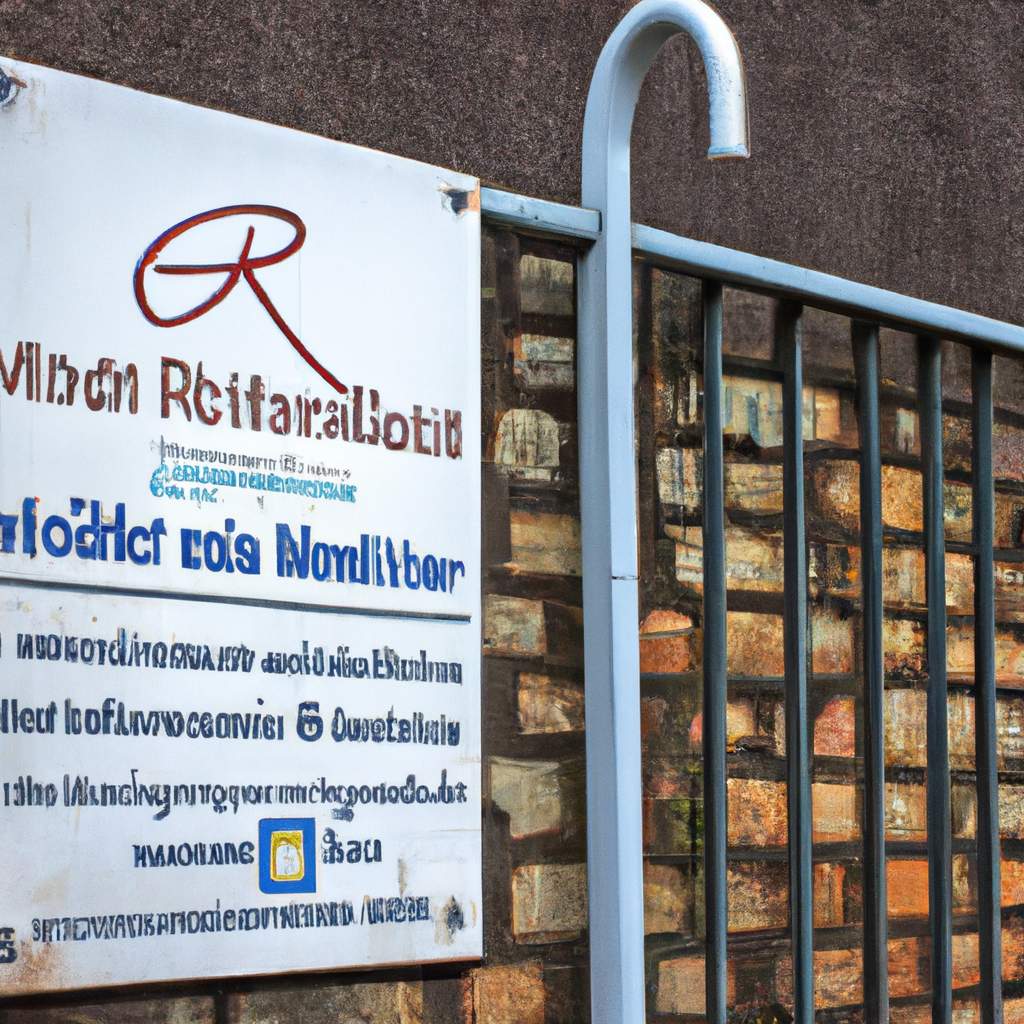Tree pruning is a landscaping task that involves selectively cutting branches from a tree. It is done to maintain its beautiful structure and, more importantly, for safety reasons. When a tree becomes too large or imposing, it can pose a risk to the safety of people and property, especially if its branches are at risk of falling. To avoid any inconvenience, it is important to remove them. Tree pruning involves several steps, which will be explained further below.
Step 1: Identifying the branches to prune
The first step in pruning a tree is to conduct a diagnosis. This not only helps determine the overall health of the tree, but also identifies the branches that need to be cut. Typically, the tree will be rid of any unsightly or unnecessary branches, such as those that are rotten, broken, or diseased. Branches growing towards the center of the tree and water sprouts will also be removed.
However, it is important to note that pruning is not intended to alter the tree's original structure. Therefore, branch cutting should be done in a controlled manner and not exceed one-third of the tree's volume. To avoid any unpleasant surprises, it is advisable to hire a professional arborist for this task.
Step 2: Pruning the Branches

Once the identification process is complete, it is necessary to proceed with the pruning of excess branches. To avoid tearing the wood fibers, it is imperative to use a well-sharpened chainsaw or pruning shears. By using properly sharpened cutting tools, clean and precise cuts can be achieved. This has a significant impact on the healing process.
Additionally, pruning should aim to reduce the crown of the tree in order to minimize wind resistance. Removing excess branches also helps improve air circulation, allowing sunlight to penetrate the center of the tree.
However, it is important to note that cutting the main branches or large branches of the tree is not advisable. Doing so may sever the tree's main veins and weaken or even kill it. Therefore, if you are not familiar with pruning techniques, it is best to entrust this task to a professional arborist.
Step 3: Waste disposal
After your trees have been properly pruned, it is important to clean up the surrounding area. It is typically the responsibility of the professional arborist who performed the pruning to manage the green waste. Burning this waste is not allowed due to its negative environmental impact. Waste disposal facilities usually only accept a small amount of this type of waste.
To ensure proper management, the arborist will often chip the branches that were pruned. Depending on the tree species, the resulting wood chips can be used as mulch for flower beds. In some cases, they can also be turned into fertilizer to enrich the soil in your garden.
Image source: pixabay.










